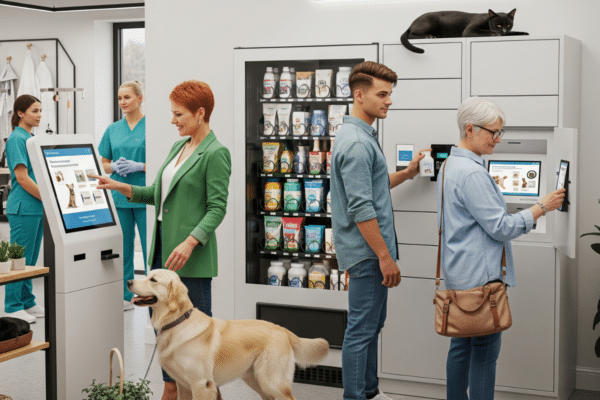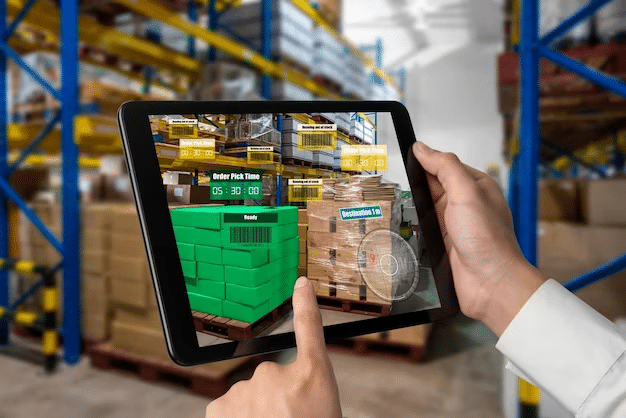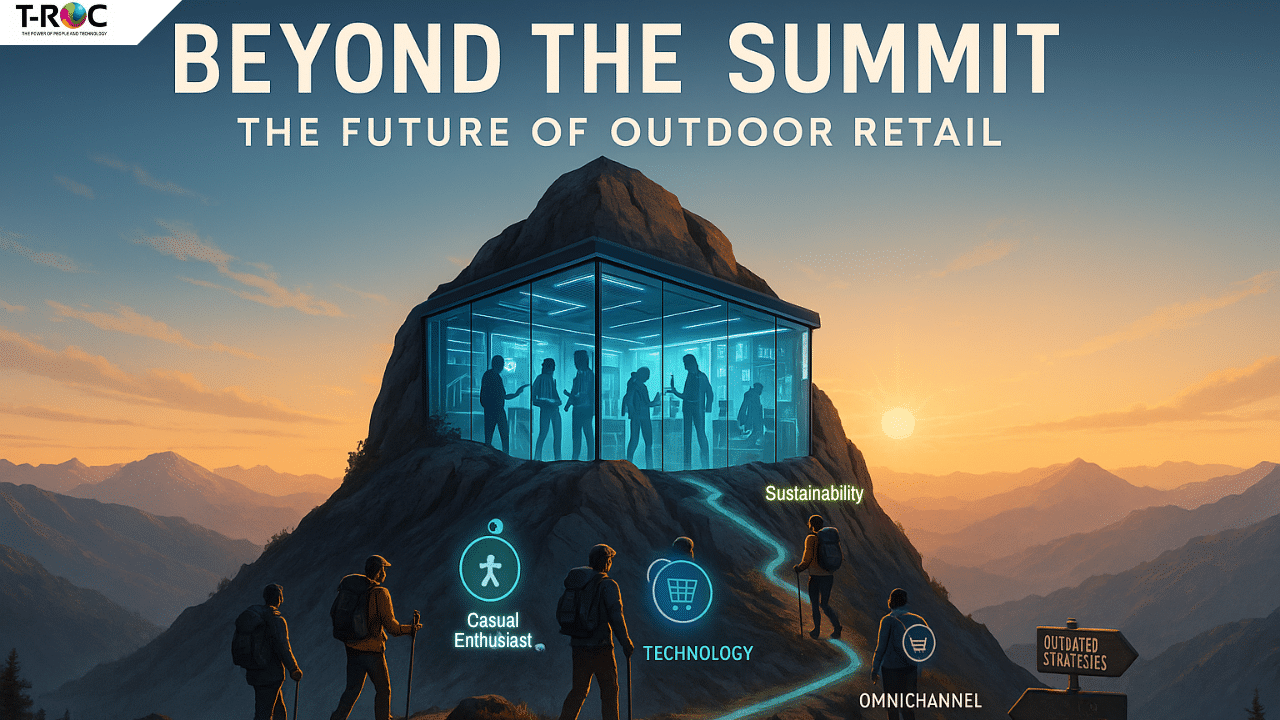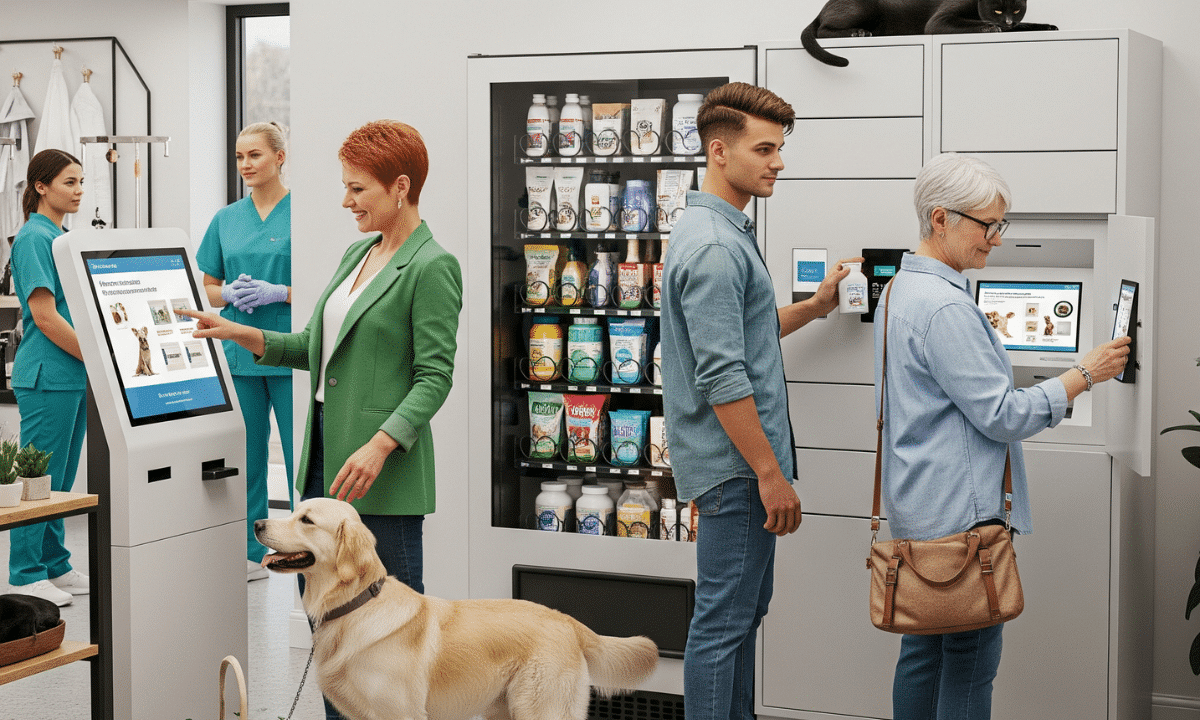
How Big Data Is Changing Retail Marketing Analytics
Every retailer wants to increase sales and boost customer satisfaction. For decades, traditional retail analytics have uncovered fascinating insights into customer behavior, resulting in expertly timed promotions, novel advertising campaigns, and a multitude of other benefits.
But conventional retail marketing analytics can’t compete with the big data analytics of today. When it comes to providing the fastest, most accurate retail market analysis, there’s no substitute for big data.
From optimizing pricing, shipping, and logistics, to boosting customer loyalty, big data has a tremendous impact on the way that today’s retailers do business. Let’s take a closer look at how big data is changing retail marketing analytics.
Interested in leveraging the power of big data for your retail business? Get in touch with us today
What Is Big Data?
There are many terms with vague or confusing meanings in the marketing world, but big data is almost exactly what it sounds like. The term “big data” refers to the collection and interpretation of large amounts of complex information using modern technology solutions.
Big data typically involves not only more data on average but also more intricate data from a variety of sources and formats. This data can either be harvested using internal methods like point of sale (POS) systems or through software solutions from third-party vendors.
There are three main components of big data, known as the three Vs:
- Volume – The overall amount of data gathered. Using big data technology, retailers can analyze terabytes of data at a time, a volume previously unachievable with traditional analytics.
- Velocity – The rate at which data is received. Big data technology allows for real-time analysis of data as it comes in, accelerating the timeline for retail solutions.
- Variety – The differences in types of data. Traditionally, data sets could only be collected in one format. Big data technology can analyze unstructured and semi-structured data from many different sources without a problem.
In the retail sector, big data can be leveraged to provide insights into a variety of metrics for both online and brick and mortar stores including:
- Sales Data
- Inventory Data
- Supply Chain Data
- Customer Data
- Product Data
- And More
Because the most valuable retail insights are buried deep within elaborate datasets, today’s leading firms are leveraging the power of big data to address problems that were previously unsolvable.
How Big Data Is Being Used in Retail
Big data gives retailers unprecedented amounts of actionable information. By combining big data technology with a prudent data strategy, retailers gain a number of advantages in their business.
- Understand customers – Using data mining techniques like market basket analysis, big data analytics help retailers to better understand their audience and target customers based on purchase history and other behaviors. This results in ultra-personalized ad campaigns, product recommendations, and other promotions to enhance the customer experience.
- Forecast retail market changes – By leveraging big data and predictive analytics, retailers can anticipate changes in market demand with a high degree of accuracy. Big data forecasts driven by predictive analytics can help retailers to make informed decisions regarding staffing, advertising, promotions, and more.
- Optimize pricing – Customer analytics can deliver insights into how customers respond to product price changes, allowing retailers to price their products competitively for maximum profitability.
- Anticipate disruption – Big data can also help avoid costly supply chain disruptions by monitoring disruptive events in real time. By applying data analytics to their supply chain management strategy, retailers can make the proper adjustments to reroute shipments without delay.
How Is Big Data in Retail Different from Traditional Retail Analytics?
Data analytics are nothing new in the marketing world. It should come as no surprise to any retailer that good data has been essential to retail success for decades. So, how exactly does big data differ from traditional retail analytics?
Essentially, it’s a matter of power and scale.
Big data leverages more powerful and sophisticated technologies than traditional retail analytics. From automation to artificial intelligence (AI) powered by machine learning (ML), big data uses cutting-edge technology solutions to convert unstructured data into comprehensible and actionable data sets.
The process of converting unstructured, raw data into meaningful data sets is one of the most attractive aspects of big data analytics. Traditional retail marketing analysis depends on highly structured data that must be stored in a predetermined format. But big data analytics can organize various types of data in many different formats to reveal insights that were previously unattainable.
To a certain extent, traditional retail analytics have been able to accommodate large sets of data, as long as that data had a specific structure. But it’s not just a question of how much data there is; it’s a question of the complexity of that data.
With the power of big data technology, retailers can accurately analyze mountains of data from disparate sources, allowing them to make more accurate predictions, quickly develop market forecasts, and reveal implicit patterns and insights into customer behavior.
3 Ways Big Data Is Revolutionizing the Retail Sector
On any given day, retailers are collecting information from countless data points. From credit card transactions to user logins, practically any and every step in the customer journey can be analyzed and interpreted using big data analytics solutions.
All of that valuable data offers tremendous opportunities for retailers, and there are a few specific ways that big data is transforming the retail industry.
Personalized recommendations
Retailers can use big data to provide customers with highly personalized product recommendations. With better quality data, companies in the retail sector can break down broad demographics into segments for the most personalized suggestions. For example, demographic data related to age, income, and location can be broken down by online search interests, purchase history, and other information.
Forecasting demand
Using data from social media and the web, certain big data analytics programs can be used to predict upcoming trends in retail. This can be done at a macro level to forecast changes in customer preferences over time, or on a micro level to make split-second product recommendations for customers based on current weather conditions.
Improved customer experience
Perhaps most of all, big data analytics can improve the customer experience. By using customer satisfaction data collection methods like customer surveys and online product reviews, retailers can better gauge customer fulfillment. Similarly, sentiment analysis technology can uncover customer feelings from massive amounts of text. Using these and other methods of harvesting rich data, retailers can understand the discrepancies between their current brand offerings and the needs of their customer base.
The Future of Big Data in Retailing
Every day, leading retailers are improving and refining their big data capabilities to outperform their competitors. Automation and artificial intelligence powered by machine learning continue to streamline processes and drive efficiencies in virtually all methods of data collection and analysis.
While big data technology is sure to continue its advance in the future, the impact of today’s big data is already shaping the retail landscape of tomorrow. A few ways that big data is already transforming retail include:
-
Personalization
– Improving the customer experience with tailored product recommendations
-
Troubleshooting
– Identifying supply chain problems and finding solutions to prevent costly downtime
-
Optimization
– Gaining deeper insights into inventory and warehousing
- And more
Big data is more than a way to increase sales revenue, it’s an opportunity to fundamentally revolutionize the retail industry as a whole.
FAQs
How is big data transforming the retail industry?
Big data is transforming the retail industry through personalized customer recommendations, advanced supply chain disruption predictions, and competitive price optimization.
How has big data and analytics impacted marketing?
Big data gives marketers deeper insights into the success of their campaigns, customer behavior, and the overall state of their marketing environment.
What is the relationship between big data and marketing analytics?
Unlike traditional marketing analytics, big data uses sophisticated technologies like automation, AI, and ML to process complex information and can organize unstructured data into meaningful and actionable data sets.









